
Schedule a demo with us
We can help you solve company communication.
If you or a loved one needs access to the Suicide and Crisis Lifeline, help is available 24/7 by dialing or texting 988.
Over the past few decades, one trend has become increasingly clear: adolescents are reporting higher rates of poor mental health, with alarming frequency. From stress and bullying to the ripple effects of COVID-19 lockdowns, it is now more important than ever for parents, students, faculty, and communities to come together to help high school students and adolescents receive the help they need.

But is poor mental health simply feeling blue? The answer is both yes and no. For many, poor mental health can result from academic pressures decision-making, and even general health. Furthermore, it can exacerbate behavioral risks as increased drug use, higher rates of violence, and increased sexual behaviors, leading to higher rates of HIV, STDs, unintended pregnancy, and other related issues. The first step in helping adolescents develop healthy habits is to destigmatize the mental health crisis they face while also allowing them to form good, healthy habits.
In 2021, the CDC found that 4 in 10 students felt "persistently sad or hopeless," and nearly 3 in 10 students experienced poor mental health, highlighting the gravity of the situation. The CDC's "Youth Risk Behavior Surveillance Data Summary & Trends Report: 2011-2021" reveals that more than 1 in 5 students considered attempting suicide, and 1 in 10 attempted suicide successfully.
The World Health Organization's alarming statistics show that suicide is now the fourth leading cause of death among individuals aged 15 to 29 years. Moreover, mental health can be exacerbated and worsened by discrimination, stigmas, and human rights violations. Additionally, 1 in 7 individuals aged 10 to 19 years experiences a mental disorder, resulting in 13% of the global burden of disease in this age group.
An important consideration when learning more about this issue is to understand who the mental health crisis tends to impact at larger scales. For instance, some groups are reportedly more affected than others. The feeling of mental health burden, suicidality, and self harm are found at higher rates in LGBTQ+ students, females, and students from racial and ethnic groups. In fact, 45% of LGBTQ+ students in 2021 reportedly seriously contemplated suicide. Looking at the figures for ethnic minorities, black students were far more likely to attempt suicide.
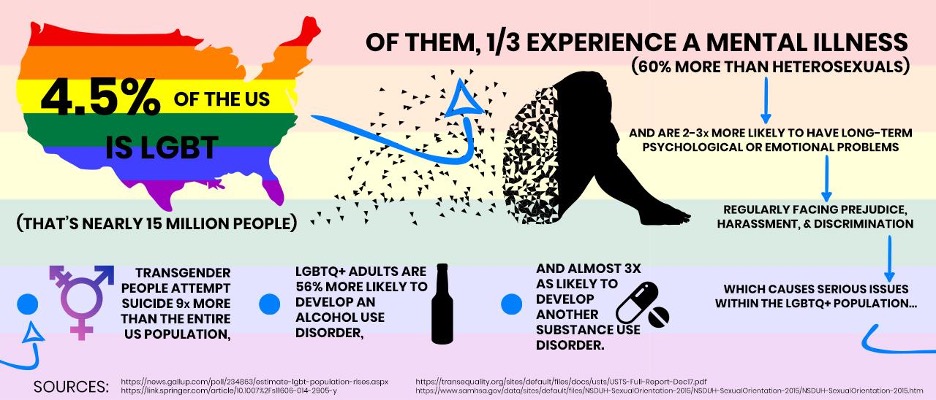
What causes adolescents to face such high rates of mental health issues? What can we, as a community, do to combat these issues? How can you get involved as a student (or anyone else, for that matter) to make an affirmative difference?
Here are 10 ways you can help:
The Mental America Affiliate Network nonprofit was founded in 1909 with the mission of
addressing the needs of those living with mental illness and promoting the mental health of
those most in need. As of 2023, the MHA network has over 200 locations in the vast majority
of states in the U.S., and is supported by over 10,000 volunteers nationwide, as well as
others worldwide. Together, they work to uplift those in their communities who are affected
by this crisis. To connect with volunteer organizations in your neighborhood, use the 'Find
an Affiliate' tool by clicking here.
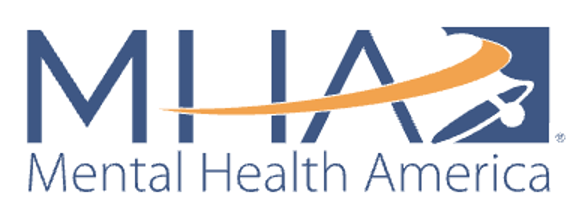
To learn how to talk to your federal and state legislators about proposing bills that combat bullying and increase funding for counselors and peer health providers in your school or workplace, you can download the Act B4Stage4 Toolkit by MHA This toolkit also provides information on accessing Facebook Townhalls and scheduling meetings with your local legislators if you have ideas for change.
Additionally, you can join the Advocacy Network and take action by signing up here.
Ámaxa connects high school students to a remote team and a mentor who guides them in solving a high-impact volunteer project over 3 months. Teens from around the globe can apply today for our Summer Cohort that starts June 1, 2023! Learn more by following us on Instagram or Tiktok at @amaxaimpact!
Whether you're passionate about refugees, gender equality, climate change, poverty, education, or more - we have a project that is perfect for you! Right now, some of our students are raising funds to build an ambulance for mothers in rural Ghana, planning remote cultural exchanges with Palestinian students, and implementing Mental Health First Aid trainings at their schools in Dubai. Check out all of our projects here
As an ámaxa student, you get the opportunity to not only make a real impact on the lives of others, but also to meet students from around the world. If you're interested in joining the ámaxa community of changemakers, apply today! Don't wait, and start solving today!

The Mental Health First Aid volunteer project with ámaxa provides you with the opportunity to establish a mental health first aid program at your high school. To accomplish the project, your ámaxa mentor will help you to consider how you will obtain administrative support, the number of institutions you want to involve, and the number of students and workers who will aim to successfully complete the training. The objective is to encourage as many individuals as possible in your community, and the world, to complete MHFA training and be equipped to provide support to those suffering from mental health issues. If this project is something you feel passionate about, apply today for our Summer Cohort! Applications close May 20, 2023.
Additional Step:
Finally, we highly suggest you visit the MHFA website and "Get Trained" by taking their mental health course. There are a variety of different courses you can take targeted to adult audiences, youth, teen, and even the workplace. By taking this extra step, you will be more informed to make an impact!
The Crisis Text Line (741741) is a free resource available 24/7 that provides mental health support and crisis intervention for those in critical need. It was founded in 2011 by Nancy Lublin after she received a text message from a teenager who suffered from extreme abuse. Launched in 2013, the Crisis Text Line is supported by a community of trained volunteers who work to promote mental well-being and create a world filled with empathy, helping those who are most lonely to feel less alone.
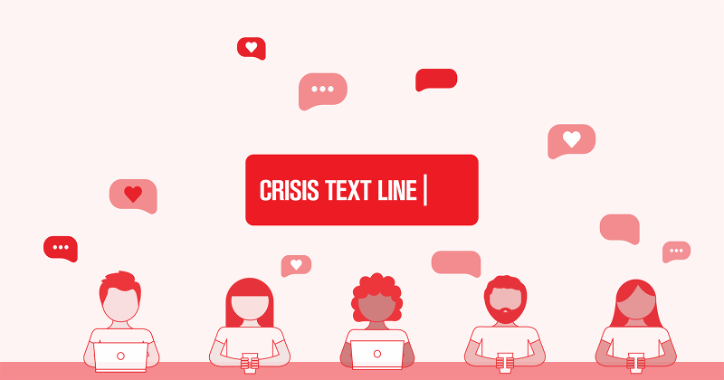
One of the best ways for you as a student or individual to assist the Crisis Text Line is by becoming a crisis counselor. You can sign up here. Your job as a crisis counselor is to work remotely from anywhere with an internet connection to answer texts from people in crisis. The goal is to help bring people from moments of rash thinking and hot moments to cool active listening, problem-solving, and avenues of safety planning. After completing the application and consenting to a background check, you will complete a 30-hour training which can take place from anywhere. Most calls and texts occur between 10 pm and 6 am EST, so be aware that you may have to be ready to jump in to help at any hour of the night and early morning. You must make a commitment to volunteer for 4 hours per week until you reach 200 hours, with a goal of completing your commitment in one year. While training is free, please consider that it costs roughly $1,008 to be trained, so follow through if you commit.
You can donate to the Crisis Text Line.
Lastly, you can spread the word about the Crisis Text Line with these digital and printable materials available here You can share these resources on social media, at school assemblies, local religious institutions, and more. Together, we can provide support and raise awareness for mental health, especially for our youth.
The 988 Suicide and Crisis Lifeline is a suicide network in the United States that offers 24/7 mental health support when you dial 9-8-8. Led by the Substance Abuse and Mental Health Services Administration (SAMHSA) 9-8-8 came to fruition in 2004 when federal funding became available. A little fun fact about the National Suicide Prevention Lifeline: in 2017, Logic, Alessia, and Khalid, three American singers, released a song for the hotline entitled 1-800-273-8255. After the release of this song, there was a 17% increase in usage, proving that awareness of the hotline is crucial to saving lives. It was in 2019 that the Federal Communications Commission considered a change to a three-digit number that is more accessible than a 10-digit dialing number.
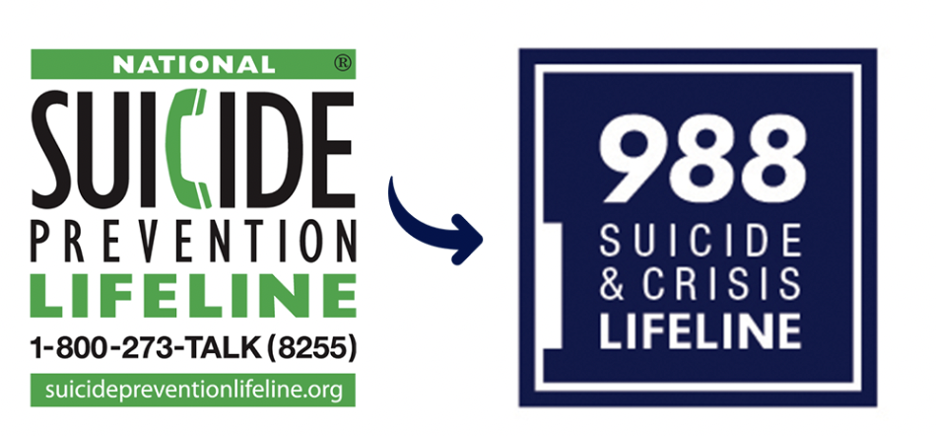
There are many ways you can help prevent suicide and increase access to mental health resources through the National Suicide Prevention Lifeline. First, you can volunteer by contacting your local crisis center through their compiled database of over 200 local crisis centers. This resource also provides ways for you to help create a Lifeline Crisis Center in your community if you don't have access to one, along with points of contact with individuals who run these centers. Additionally, you can download "Logos and Ribbons" and order "988 Materials" such as posters, wallet cards, and more to raise awareness at your high school, university, community center, or even at work!
Next, you can have a conversation with someone in your life who may be going through a crisis. You can use the hashtag #BeThe1to5, which represents five steps to help someone through a difficult time. Sources for the claims made in this section can be found here
The first component is #BeThe1to "Ask". Research has shown that by asking if someone is doing okay and acknowledging their struggle, there may be signs of relief from suicidal ideation. People want to feel seen, heard, and loved. Asking if someone is doing alright takes one minute out of your day and may well make the difference between life and death.
The next component is #BeThe1to "Keep Them Safe". In your household and community, it is important to limit access to lethal means. The less available certain hazardous items are, the less deadly, and the less suicide occurs. For instance, it's important to keep firearms away from minors. *Trigger Warning* Access to kitchen utensils, razors, prescription drugs, and more should not be accessible to minors. While it's impossible to prevent access to every means of death, taking appropriate and reasonable steps is important.
The third component is #BeThe1to "Be There". If you listen to someone in need without judging them, but rather meeting them with compassion, that may drastically change the course of how they are feeling!
The fourth component is #BeThe1to "Help Them Connect". According to 988, studies show that helping someone create a network of people and resources for safety and support can reduce feelings of isolation and hopelessness. Even asking how someone's day is can make a major difference.
The final component is #BeThe1To "Follow Up". After someone you know has been discharged from hospitals, care services, or you know of a major event affecting their life, make sure to provide additional support by following up with them on how they're doing.
Part of helping individuals struggling with mental health is learning how to recognize the signs to begin with. While this may be different from hands-on volunteering, such as with the crisis hotline, this is an invaluable skill you should learn. For many, sharing mental health struggles is extremely difficult. Sharing how you’re feeling is already hard as it is, but imagine sharing topics that may be stigmatized by society. While it is never your job to be a therapist or mental health professional, being an option for your friends, peers, family, and community is important.
Check out the acclaimed “Idontmind” blog to learn more about how to show up for others, how to navigate what is being told to you, and how you can voice your support. Other resources are given such as tips for when you can’t fix the situation and also how to press on with questions without creating an interrogation-like environment. This blog is also a great educational resource for learning how to talk to therapists, options to take a screen on your mental health, and learn specifics about anxiety, depression, PTSD, addiction, and other disorders.
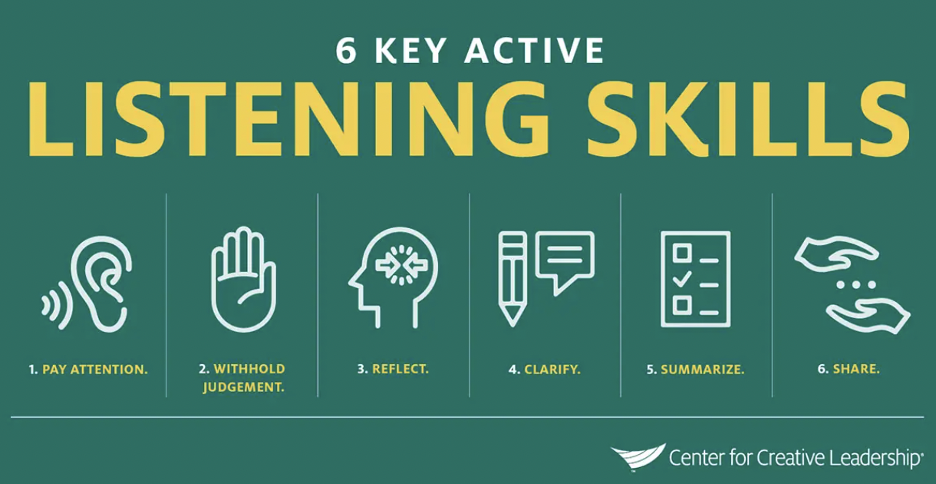
Sponsored by “Idontmind” and “JCPenney,” becoming a Mental Health Advocate is an effective way to make a difference in the realm of mental health. Although this opportunity is designed for high school students in NJ, MD, PA, DE, or VA, I highly recommend reaching out to the organization on Instagram via @idontmind to see if you can jump-start a similar opportunity in your state or country. This opportunity includes a three-part virtual training that teaches you advocacy skills, connects you with local leaders in your state, and also helps you make friends with others passionate about mental health. Keep an eye out for the next application here.
DOSOMETHING.ORG is a remarkable resource that combats a variety of different issues facing the world at large. One of their relatively new focuses has been on mental health. Transforming communities in over 131 countries, DOSOMETHING is well aware of the fact that 1 in every 5 teenagers will face mental illness in their lifetime. Keeping this fact in mind, all teens will face a certain level of anxiety, stress, and hopelessness. The idea here is to figure out ways to navigate this issue.
Before getting involved directly, I recommend reading the DoSomething Diverse Mental Health Resources Hub by clicking here.
First, you should join the DoSomething Mental Health Initiative. They have had over 4,844 Mental Health Posters Shared nearly 12,000+ Elected Officials Contacted, and over 3,000+ Welcome Guides/Notes shared.
If you would like to be an advocate for mental healthcare equity and contribute to raising the alarm for increased mental health funding in schools, you can share a welcome guide to your local legislators and peers here. Campaigns you can further partake in include the “Art of Community,” “Mirror Messages,” “Breakup Bash,” “(Not) The Same Old Story,” “Glamorous Grannies,” “Seniorpalooza,” “ROGUE Magazine,” and the “Crisis Crew!”
Lastly, you can even earn Volunteer Credits and Certification for your mission to aid the mental health crisis. You can help further DOSOMETHING’s goal of reaching 90,000 hours by earning these credits! Find additional volunteering opportunities and ways to receive certification here!

The National Alliance on Mental Illness (NAMI) envisions a world where those afflicted by mental health receive support and community in times of most need. Specifically, they have a set of 5 values.
As the United States' largest grassroots mental health organization founded in 1979, there are now over 600 local affiliates and 49 state organizations that work in communities to raise resources for mental health.
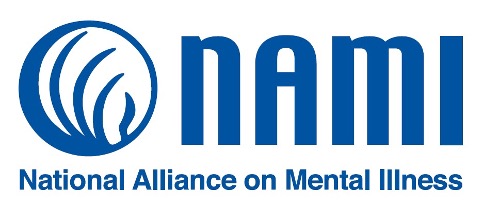
There are many ways to volunteer with NAMI. The first is to find a NAMIWalk and participate in a fundraiser walk! This walk takes place in over 120 locations across the country, making it extremely accessible for those located in the United States. You could even go as far as attending the NAMI National Convention and hear from presenters, researchers, and more on the topic of mental health.
NAMI also has a whole resource page dedicated to starting your own Mental Health Awareness Event along with awareness resources such as SPAM: Suicide Prevention Awareness month and the Bebe Moore Campbell National Minority Mental Health Awareness Month.
Another great opportunity is to "Become a Fundraiser" for NAMI by holding your bake sale, gala, or fundraising page online. If you want to go a step above and beyond, you can even create a memorial fundraiser for a lost one or someone afflicted by mental health. These include events such as candlelight vigils and luminarias.
Next, you can also pledge to Be StigmaFree here.
Lastly, there are three major milestones you can contribute to NAMI. First, share your story if you are willing. The more we talk about mental health and increase awareness of the topic, the better. Next, you can directly reach out to NAMI and partner with the organization no matter where you are around the world. Finally, you can use this resource to join or start a NAMI Campus Club to connect students at your school to act for the mental health crisis!
The MINDS Foundation has a mission for mental wellness for all. MINDS has a specific vision that everyone around the world will one day have access to the resources they deserve. Further, the foundation is committed to eliminating the stigma surrounding mental illness in school, the workplace, and more, while also providing cost-effective, high-quality care. The foundation, established in 2011, has over 225+ volunteers, served over 2.5+ million people, and helped to educate over 155,000+ schoolchildren. Given that today, someone takes their life every 40 seconds, we must come together to offer avenues for people to turn to. A preventative approach is the best way to do this, according to the foundation.

How Can You Get Involved?
There are three ways to get involved and make a difference with the MINDS Foundation. The first way to help is to collaborate directly with the organization. They urge students to reach out directly to work on workshops, programs, and campaigns to elevate the mission. Please reach out to info@mindsfoundation.org.
Next, there are a few MINDS opportunities to pursue. The first is the MINDS Foundation Fellowship Program, which is a MINDS-INdia based opportunity. The next is the MINDS Leadership Development Program, which is an unpaid position.
Current Opportunities:
Lastly, as always with many of these organizations, donations make all the difference to allow continued effort. You can donate here and can also learn about ways to host an event at your school, start a fundraiser in your community, and more! If you're interested in reading more about MINDS programs and counseling resources, see here.
I believe that while it's easy to want to volunteer and feel like you're making a direct impact, educating yourself and becoming more aware of new topics is also crucial. I recently came across NOSTIGMAS, an organization that works to provide education and support for those in need. I highly recommend taking the time to read about their 5 pillars of helping those struggling with mental health in the community: spreading awareness, volunteering, building a network, starting a dialogue, and being yourself. You can find more information on Twitter at @NoStigmas, and they also offer sporadic volunteering opportunities which can be found here.

What excites me about this resource is the abundance of information and resources available. From ally training to resources on how to join an ally group and an ally blog, there are many ways to learn how to be a better, more well-rounded human being. Furthermore, there are numerous events and ways to be an activist for mental health through this resource, such as the Bank of America Chicago Marathon, Birdies For Brain Health, the #Rebirthday Celebration Campaign, and more. You can team up with NOSTIGMAS on their social media, partner with the group, fundraise, share your story, or plan an event. All of these resources are available here.
I want to end this blog post by discussing the importance of helping others and why volunteering is critical. It is understandable to feel nervous and worried about getting involved with social impact, especially when it comes to health. Reading the HelpGuide resource is essential for anyone who wants to make a positive impact in their community.
There are many reasons why you should take this resource seriously. Volunteering connects you to others, thereby helping both those in need and yourself feel less alone. Making new friends in your community who are passionate about similar causes to you is a fantastic way to make a difference. Furthermore, volunteering helps to counteract stress, anger, anxiety, and depression. You also learn fundamental confidence skills, find a sense of purpose, and stay physically healthy.
While the benefits of volunteering are numerous, I am a firm believer in volunteering with causes that have personally affected you, someone you know, or if you are simply empathetic towards the cause. As someone who struggles with anxiety, volunteering with mental health organizations has been a great outlet for me to bond with others who face similar mental health issues.
Don't be afraid to make a change; I firmly believe that you can and will make a positive impact by volunteering for causes you deeply care about, including, but not limited to, mental health.
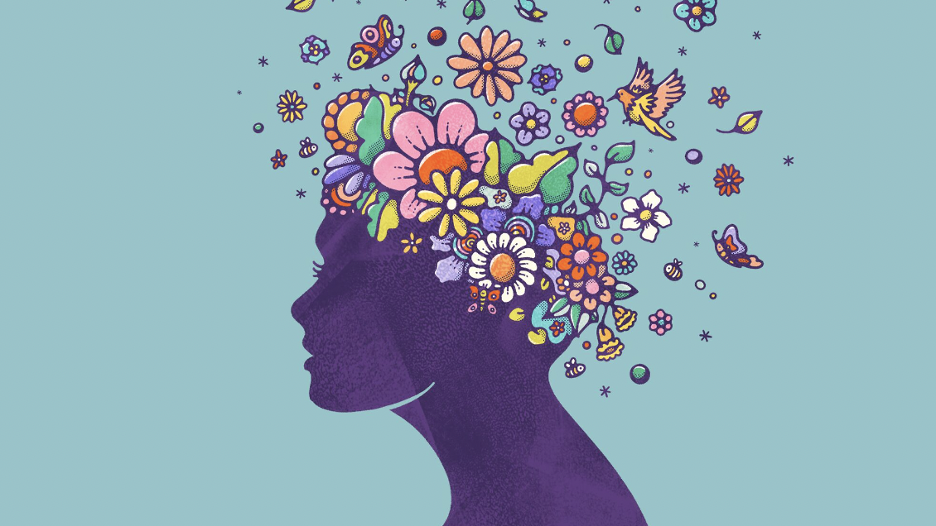
Get a monthly update on tangible impact.